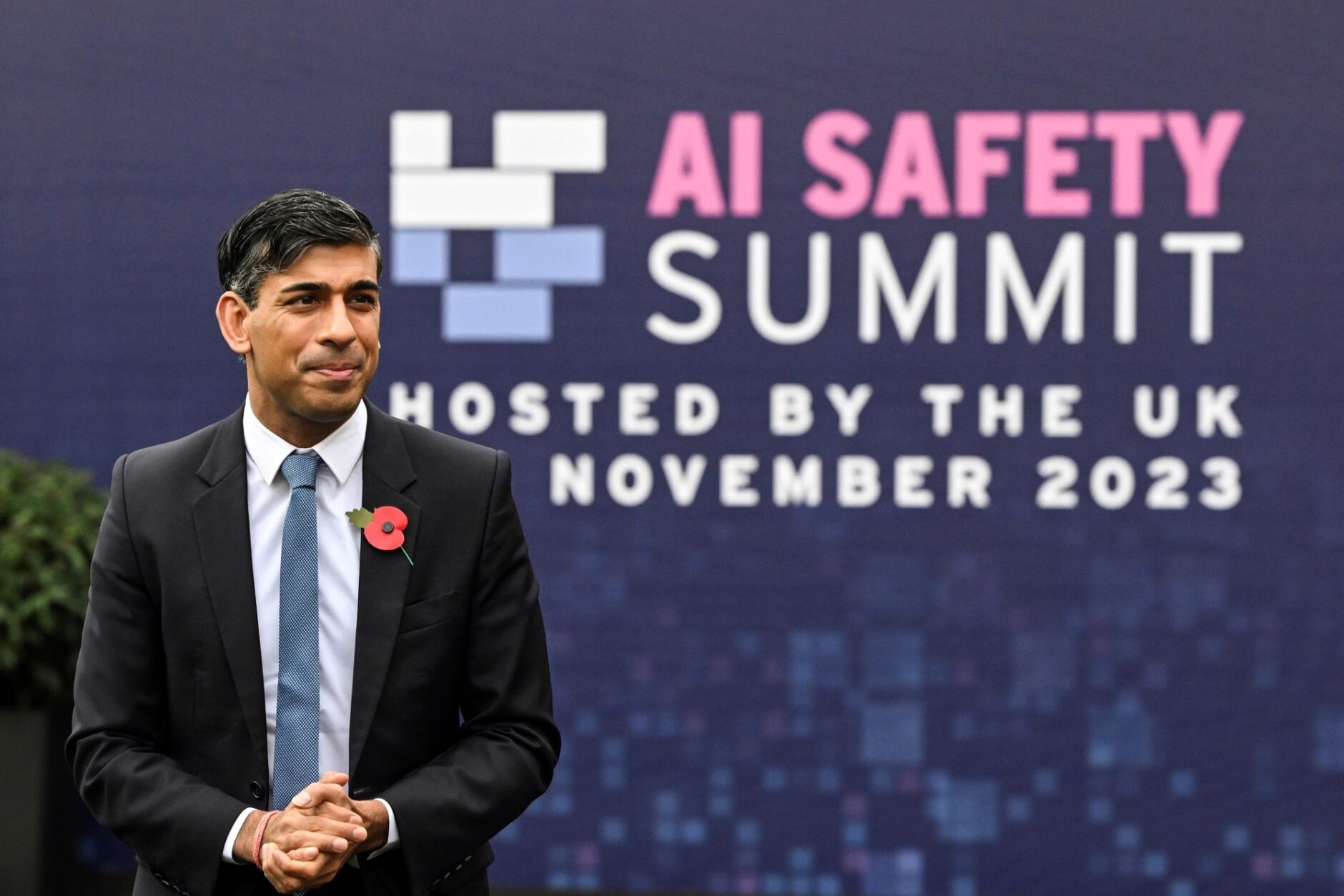In recent years, the rapid advancement of artificial intelligence (AI) has transformed various industries and garnered significant attention from investors. As venture capital investment into generative AI continues to rise, reaching $4.5 billion in 2022, the need for responsible regulation becomes paramount. Critics argue that AI poses societal risks such as fraud, discrimination, and price manipulation if left unchecked. However, finding the right balance between regulation and innovation remains a challenge.
The Regulatory Debate: Scope and Perspectives
Industry leaders like Sam Altman, CEO of a major AI startup, assert that governmental intervention is crucial in mitigating the risks associated with powerful AI models. Altman has emphasized the importance of engaging in a dialogue between the public and private sectors. On the other hand, entrepreneurs and founders generally advocate for limited regulations to foster an environment conducive to innovation. Government officials, meanwhile, advocate for widespread limitations to ensure consumer protection.
Key Takeaway
Regulating AI responsibly requires finding a balance between innovation and consumer protection.
Learning from Previous Regulation Successes
While the debate continues, it is essential to recognize that effective regulation already exists in certain areas. The emergence of the internet, search engines, and social media led to the implementation of various regulations, such as The Telecommunications Act, The Children’s Online Privacy Protection Act (COPPA), and The California Consumer Privacy Act (CCPA). Rather than enforcing broad and restrictive policies that hinder tech innovation, the United States has adopted a patchwork of policies that incorporate fundamental laws related to intellectual property, privacy, contract, harassment, cybercrime, data protection, and cybersecurity.
These frameworks draw inspiration from established technological standards and promote their adoption in services and emerging technologies. Such standards ensure the existence of trusted organizations that can enforce these regulations on an operational level. For example, the Secure Sockets Layer (SSL)/Transport Layer Security (TLS) protocols protect data transferred between browsers and servers, complying with encryption mandates in regulations like CCPA and the EU’s General Data Protection Regulation.
Implementing a Certification Standard for AI
Similar to the SSL/TLS protocols, AI can benefit from a certification standard governed by independent certificate authorities (CAs). Aggressive licensing standards from government entities may hinder innovation and favor well-established players. A lightweight and easy-to-use certification standard would ensure consumer protection while allowing room for innovation. Such standards could make AI usage transparent to consumers, indicating if a model is being operated, its foundational source, and whether it originates from a trusted provider. Government involvement in co-creating and promoting these protocols would ensure their widespread adoption and acceptance.
A Middle Ground for Responsible Regulation
When it comes to regulating AI, it is crucial to remember that the focus should be on protecting fundamental aspects such as consumer privacy, data security, and intellectual property. Reinventing the wheel is unnecessary, given the success of internet regulation in striking a balance between protection and innovation. Rather than approaching AI regulation differently due to its rapid development, policymakers should work towards incorporating similar structures to safeguard users’ interests.
By finding a middle ground between innovation and protection, responsible regulation can support the continued growth and ethical use of AI without stifling technological advancements and market competition. As we navigate the transformative tech revolution of AI, regulating this powerful technology responsibly is of utmost importance.

























